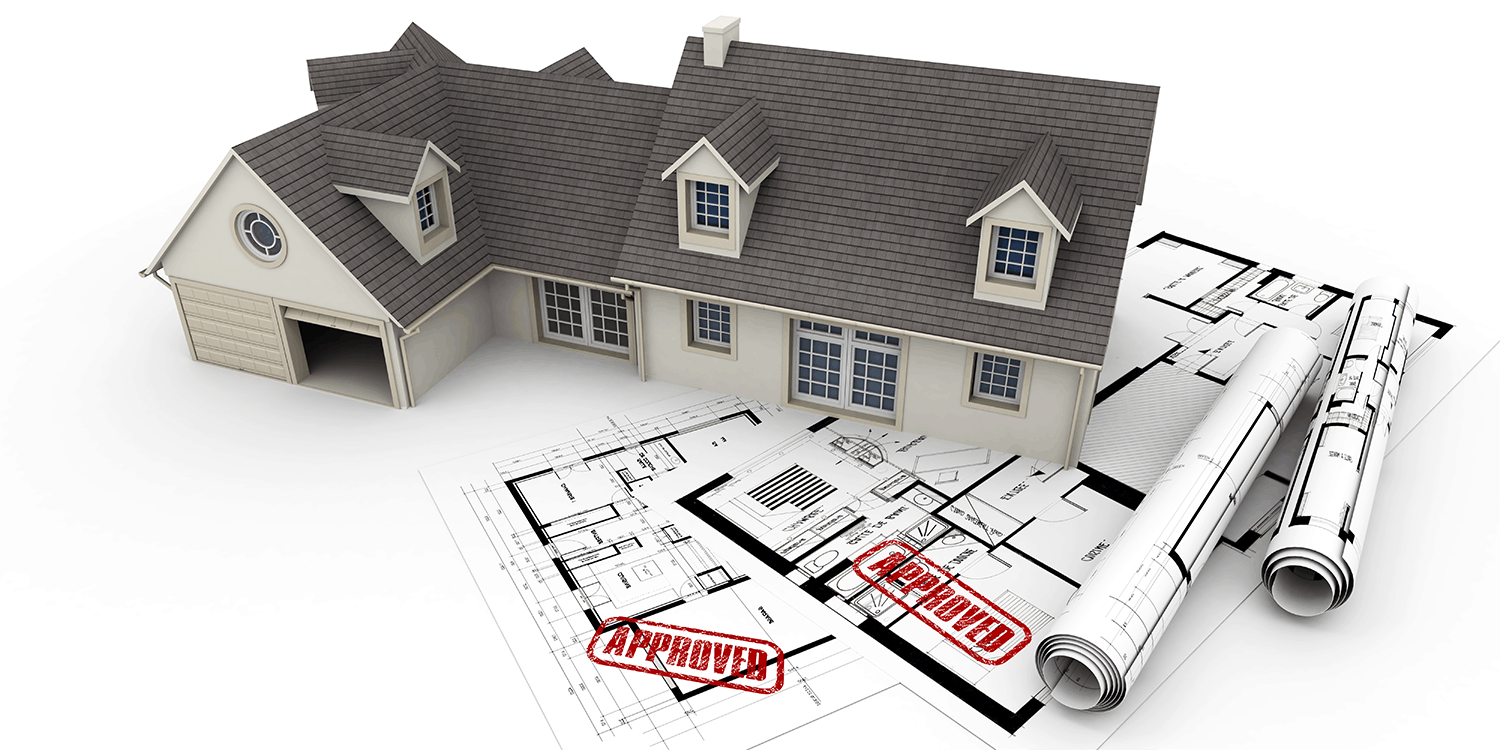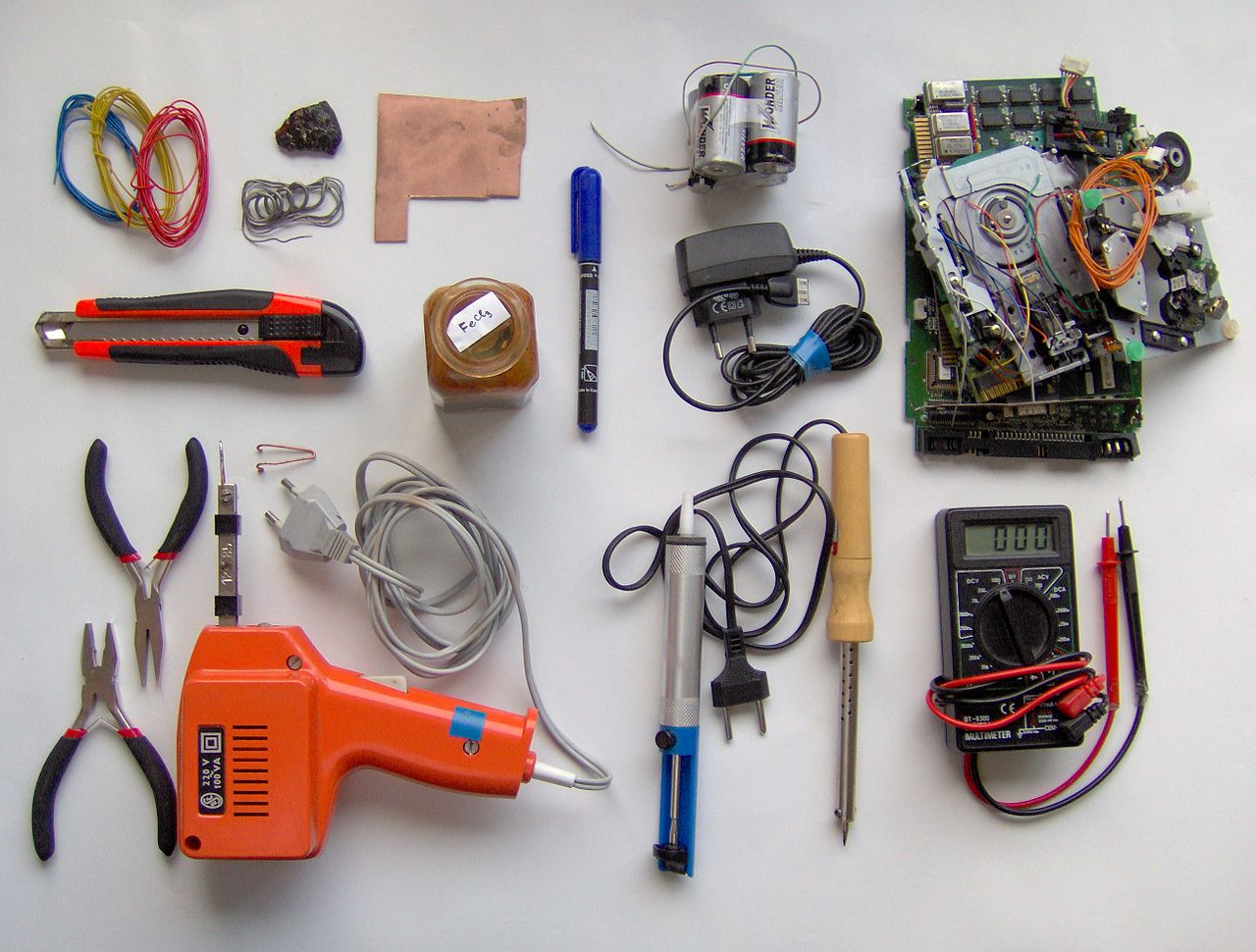There are many DIY home improvement projects you can do, and often people choose to do these jobs themselves because it saves them money rather than having to pay someone else to do it. While some DIY jobs are small, such as building a shelving unit, others are a little more challenging. Adding an extension to your property is an example of a bigger DIY project, and although many people choose to hire a contractor to do this, if you’re on a budget it is possible to build an extension yourself. If you’ve been contemplating a DIY extension, here are a few things you need to know first.
Planning Permission
Adding to a property or building an additional building on your land usually requires planning permission from your local authority. They will determine whether or not your plans are appropriate for the surrounding areas and you might need to get your neighbors on board as well. They will also factor in things like environmental preservation and the kind of materials you’re planning to use for the project.

Always contact your local council before you start planning your extension to find out what their regulations and requirements are.
Budget
If you’re building a DIY extension, it’s either because you love to work on these kinds of projects, are a contractor by trade or you’re on a tight budget. Think carefully about how much you can afford to spend, as an extension can end up costing more than you might think.
Always set aside a little extra as an emergency fund in case the project runs over the intended budget. To avoid this happening, make sure you’re doing thorough research into how to build an extension, the best materials to use, and shop around for the best deals.
Tools and Materials
Of course, to build your extension you will need the right tools and materials for the job. There will be an extensive list for this kind of project, and you will need things like a cement mixer, an electric circular-saw, scaffolding, and hangers for use with joists to name but a few things. While the correct tools for the job are essential, you will need to think about the materials you’re using, too. Your budget will affect this, but as mentioned earlier, your local authority might require you to use certain materials for the extension, possibly environmentally friendly ones. However, using greener building materials could help increase the value of your property as more and more people are looking for eco-friendly homes.

Design
Your extension design is very important, and if you have no experience with drawing blueprints and building plans you should hire a professional to do this part for you. They must be accurate, otherwise, construction could go wrong and end up costing you a fortune to fix. You might have a vision in mind, but remember to be realistic about what you can manage, after all, this is a DIY extension.
Building an extension by yourself is an impressive achievement, but don’t think a project like that will be easy. Do your research, educate yourself, and make sure you have help at hand, particularly for the more complicated stages of the project.






